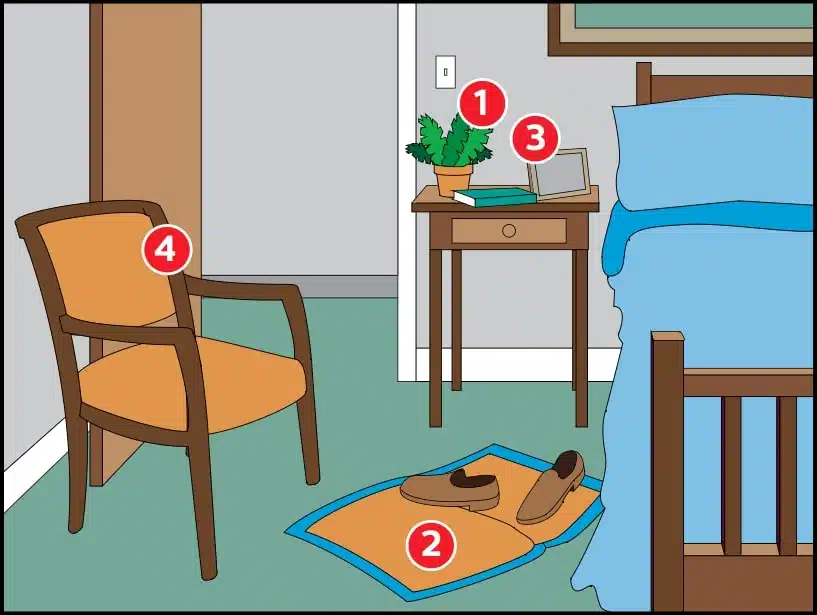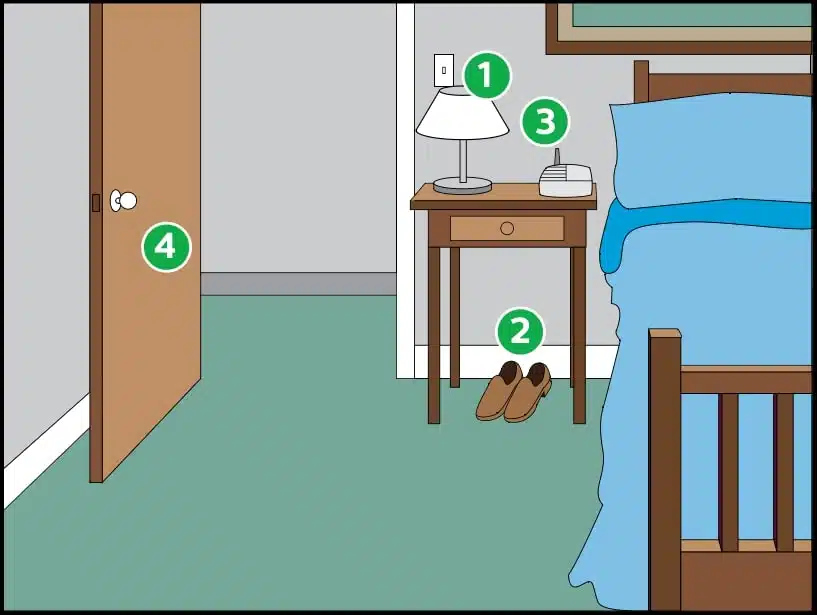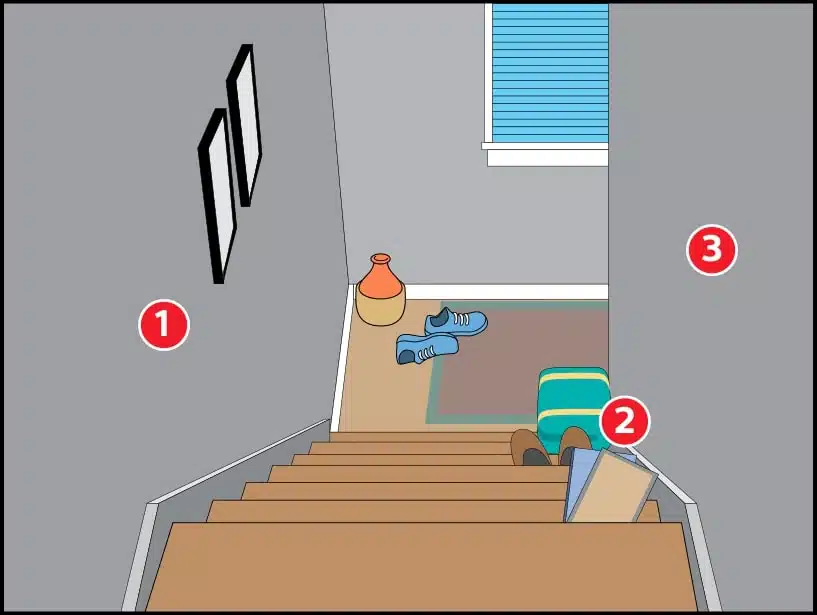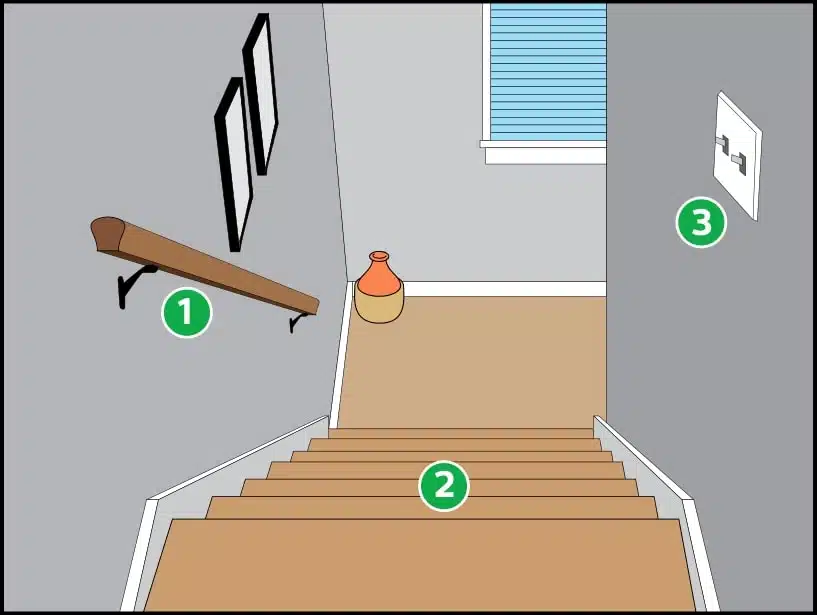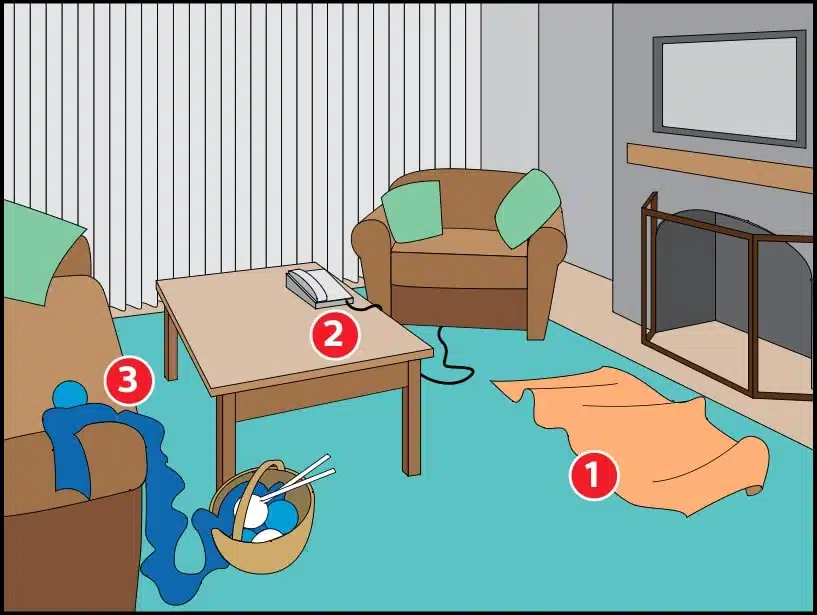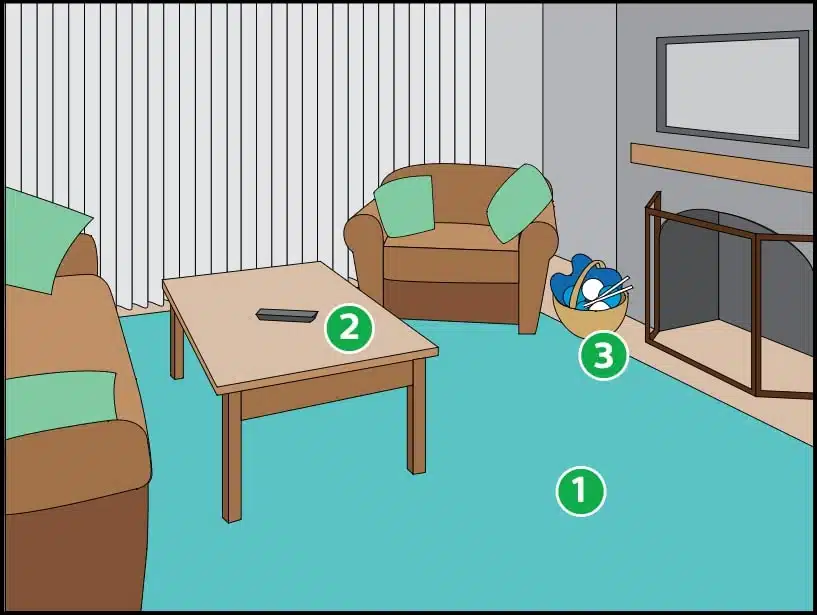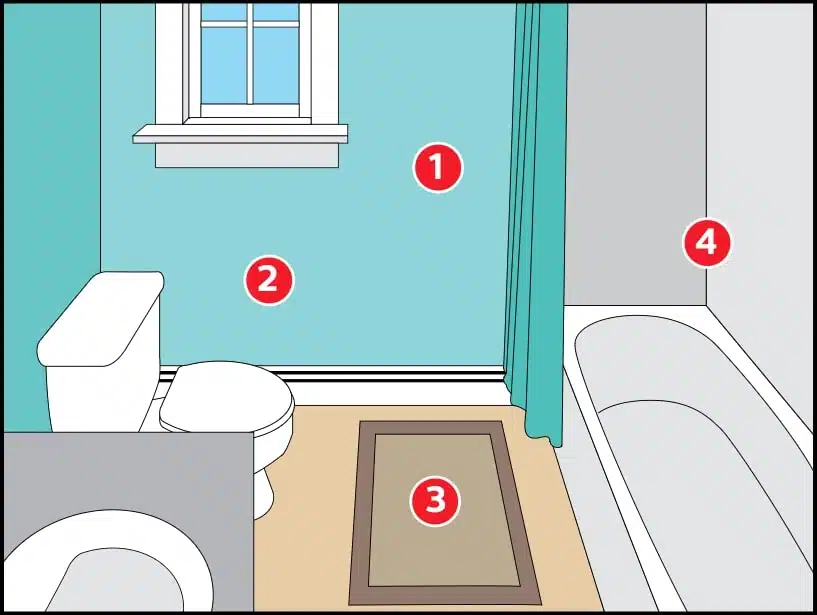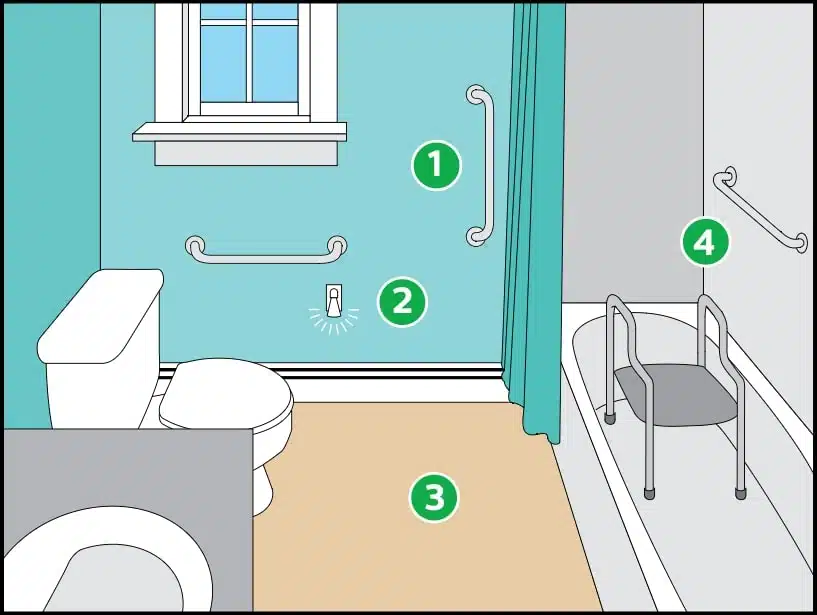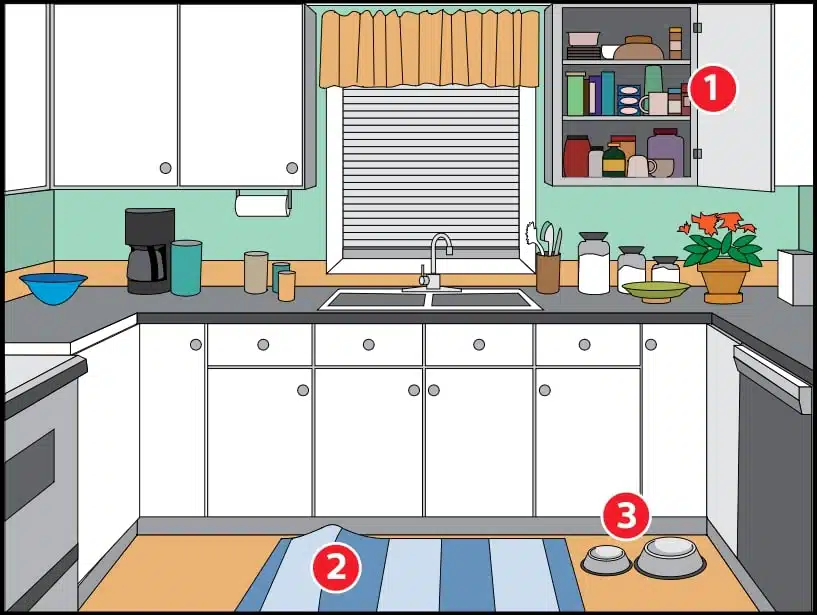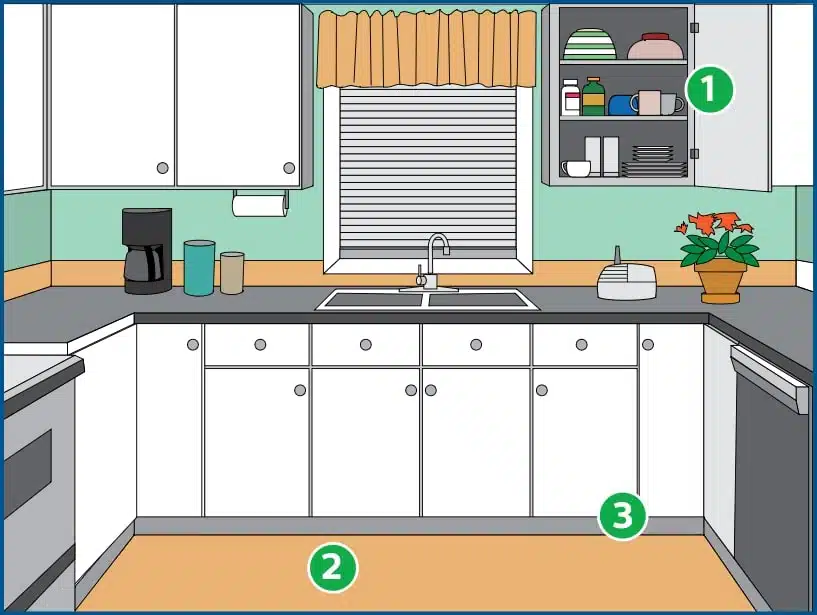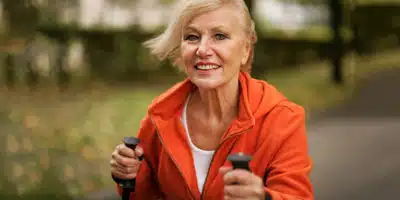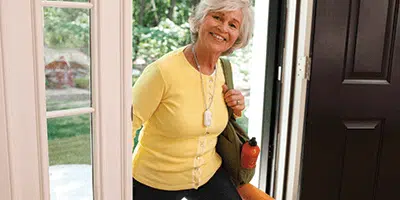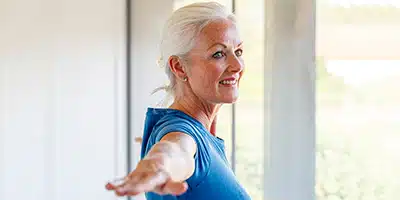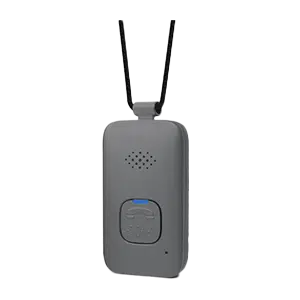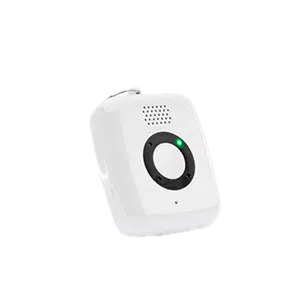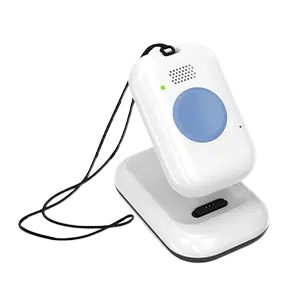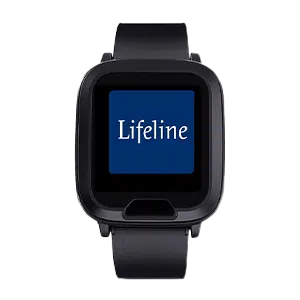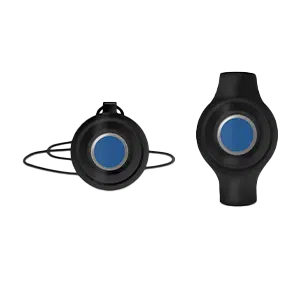Home safety tips to reduce fall risk
Safety tips room by room to minimize the risk of falling.
Room-by-room guide to eliminate the most causes of falls
Falls in and around the home are the most frequently occurring accident. The good news is that many falls are preventable. With simple changes you can reduce falls risk and make your home a safe place for yourself and your family members. Home safety measures for elderly can involve changes such as removing tripping hazards, installing grab bars and handrails, and improving lighting in key areas of the home. Protect yourself with the tips below.
Bedroom fall prevention safety tips for seniors
You can create a safer living environment in the bedroom by clearing clutter, keeping frequently used items within easy reach, and using assistive devices.
Bedroom safety issues
- Cluttered nightstand. Too many objects leaves no room for more useful items such as a table lamp.
- Objects on floor. Clutter and worn or loose carpets can be tripping risks.
- Non-accessible phone. Without a phone near your bed, getting up to answer phone could lead to a fall.
- Awkward furniture arrangement. Does not offer safe pathway around room.
Bedroom tips: much safer
- Clean nightstand. Neater surface means necessary items can be accessed from bed.
- Less cluttered floor. Shoes are out of the way. Secure rugs with double- sided tape or remove entirely.
- Accessible phone or Lifeline device. Phone within easy reach of bed.
- Better furniture placement. Removing chair creates a safer path to doorway.
Stairway safety measures for older adults
Stairway safety is a fundamental element of the home safety measures, as falls on stairs can result in serious injuries. Here are some stairway safety tips to reduce the risk of falls.
Stairs fall hazards
- No handrail. Nothing to hold onto when using stairs.
- Cluttered stairs. Objects and throw rugs on stairs or landing can increase risk of falling.
- Poor lighting. Low light levels can increase risk of tripping or missing steps.
Stairs tips: much safer
- Handrail. Add handrails to all stairs, securely attached to wall at proper height.
- Clean stairs. Ensure objects are removed at all times.
- Stairway lighting. Make sure walkways are well-lit.Ceiling lights (with wall switches at the top and bottom of stairs) can help increase visibility.
Living room safety tips for older adults
Keeping the living room as safe as possible is essential for seniors who often spend a lot of time in this area of their home. Safety measures include clearing clutter to prevent tripping hazards, using non-slip rugs or removing rugs altogether, and ensuring that furniture is arranged to allow for safe and unobstructed movement.
Living room safety issues
- Non-secured rug. Curled rug is easy to trip over.
- Exposed cords. Extension or telephone cords an easily entangle feet.
- Clutter. Craft projects and basket are blocking path to sofa.
Living room tips: much safer
- Remove or secure rugs. Eliminates tripping hazard.
- Hidden cords. Telephones and electronic devices are closer to wall sockets, and
all cords are removed from walkways. - Organized room. Less overall clutter reduces falls risk.
Bathroom safety tips for seniors
Bathroom safety is a critical concern for seniors, as it is a common site for falls and injuries. Here is what you can do to prevent falls in the bathroom, while maintaining independence and quality of life.
Bathroom safety issues
- No grab bars. Senior could fall when exiting shower or toilet.
- Poor nighttime lighting.
- Loose bathmat. Increases slipping hazard.
- No assistive equipment in shower. Showering or bathing can become more dangerous.
Bathroom tips: much safer
- Grab bars. Ensures safer exit from shower or toilet.
- Nightlight. A light-sensitive nightlight can automatically turn on to increase visibility.
- Bathmat. Use non-slip bathmat or remove altogether.
- Assistive equipment in shower. A sturdy shower seat and hand-held shower head reduces risk of falls.
Kitchen safety tips for seniors
Kitchen safety is an essential aspect of home safety for seniors, as it is a place where accidents can easily occur due to decreased mobility or balance, poor vision or some medication side effects.
Kitchen safety issues
- Poor placement. Often-used items are placed too high.
- Non-secured rug. Curled rug is easy to trip over.
- Pet dishes. Dishes placed in commonly used area of kitchen.
Kitchen tips: much safer
- Better organization. Often-used items are moved to lower cabinets.
- Remove or secure rugs. Eliminates tripping hazard.
- Pet dishes. Dishes placed out of the way to remove chance of tripping or spillage.
Discover More
Learn More About Our Medical Alert Systems
Best value for inside/outside use
Best lightweight design for inside/outside use
Best solution for wandering
Best for active lifestyles
Best value for in-home use

